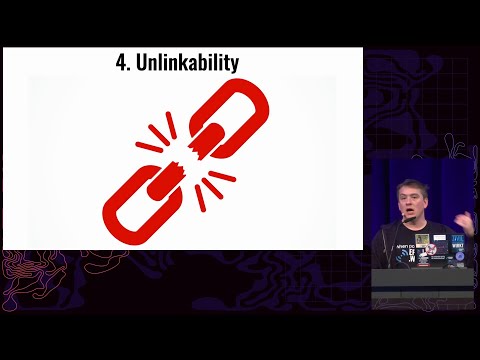I have recently been asked by @panoptykon if it was possible to create an online age verification system that would not be a privacy nightmare.
I replied that yes, under certain assumptions, this is possible. And provided a rough sketch of such a system.
But privacy is not the only issue with systems like that:
https://rys.io/en/178.html




